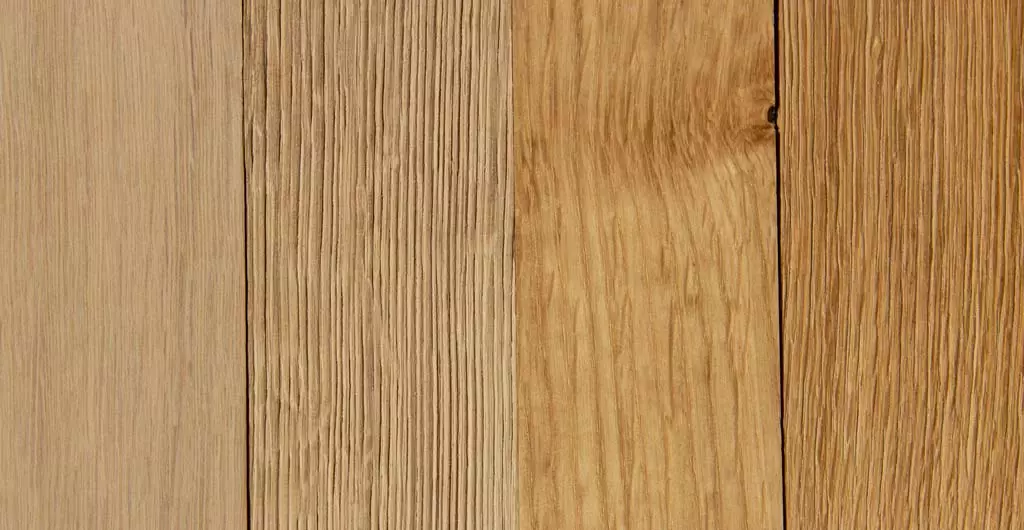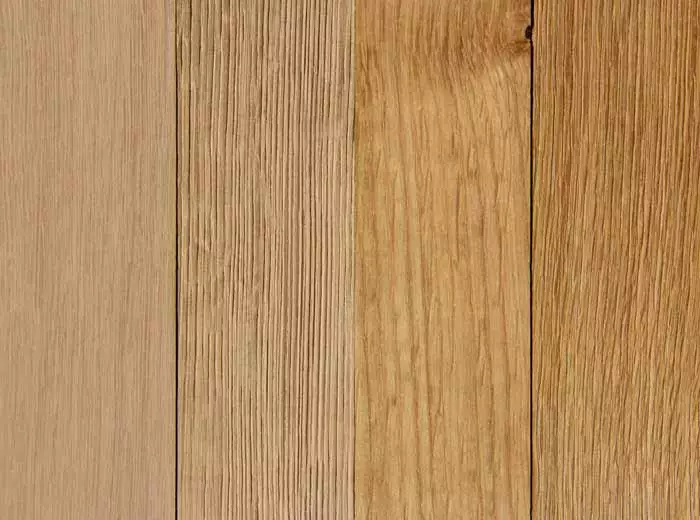Variety of surfaces - selection made easy
Our variety of wooden wall coverings is not limited to the wide selection of wood types. We have four surfaces on offer to give your wall the right finish. But what exactly makes the difference? To help you choose from our wide range of surfaces, we have provided information here about the wood surfaces we offer. This will make the choice very easy.
The wooden surfaces of wodewa wall cladding
The wide range of surface design options is a major advantage of wooden wall cladding. The surfaces generally do not need to be protected from mechanical stress. This allows us to highlight the characteristics of the wood species in terms of color, grain and design with the various surface treatments.
Differences according to surface treatment
Various combinations of surface finishes
The different treatments (untreated, brushed, smooth and oiled) are applied together to the surface in order to combine the properties.
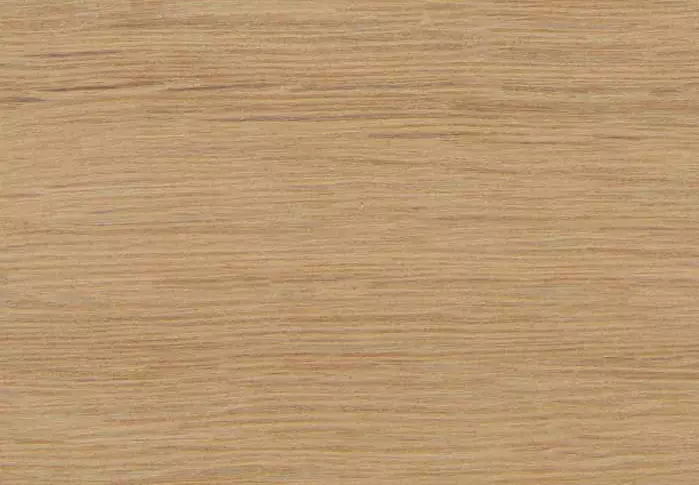
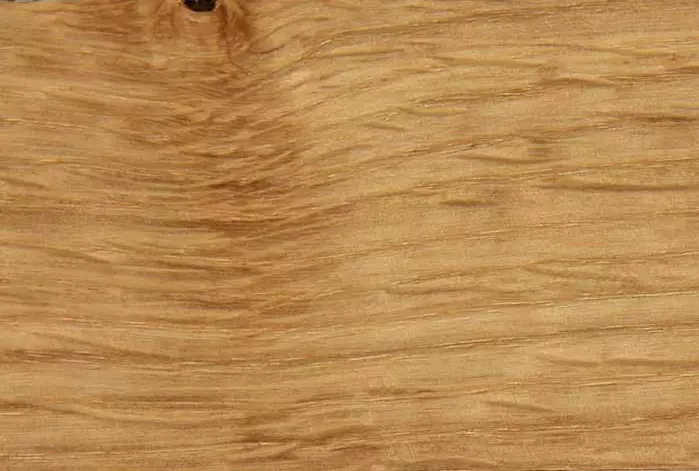
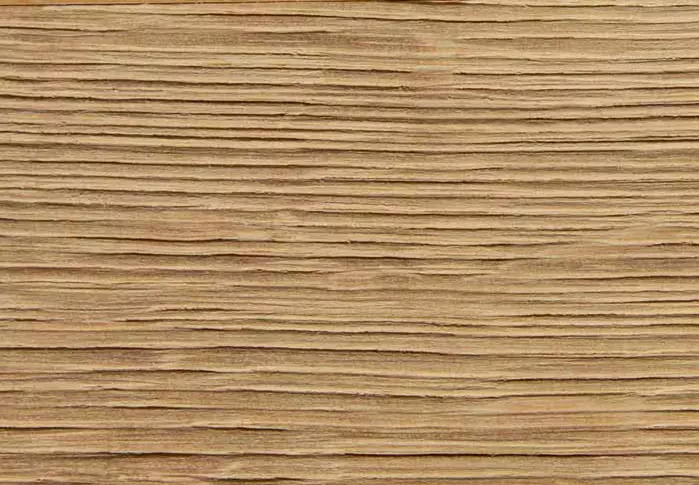
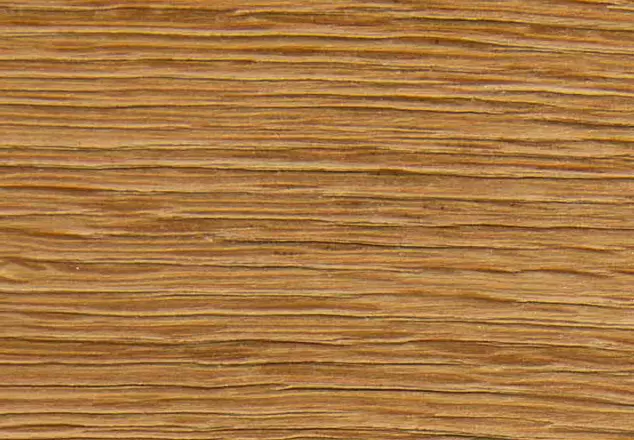
 Expert advice +49 39 349 / 94 19 50
Expert advice +49 39 349 / 94 19 50
 eMail:
eMail: 

